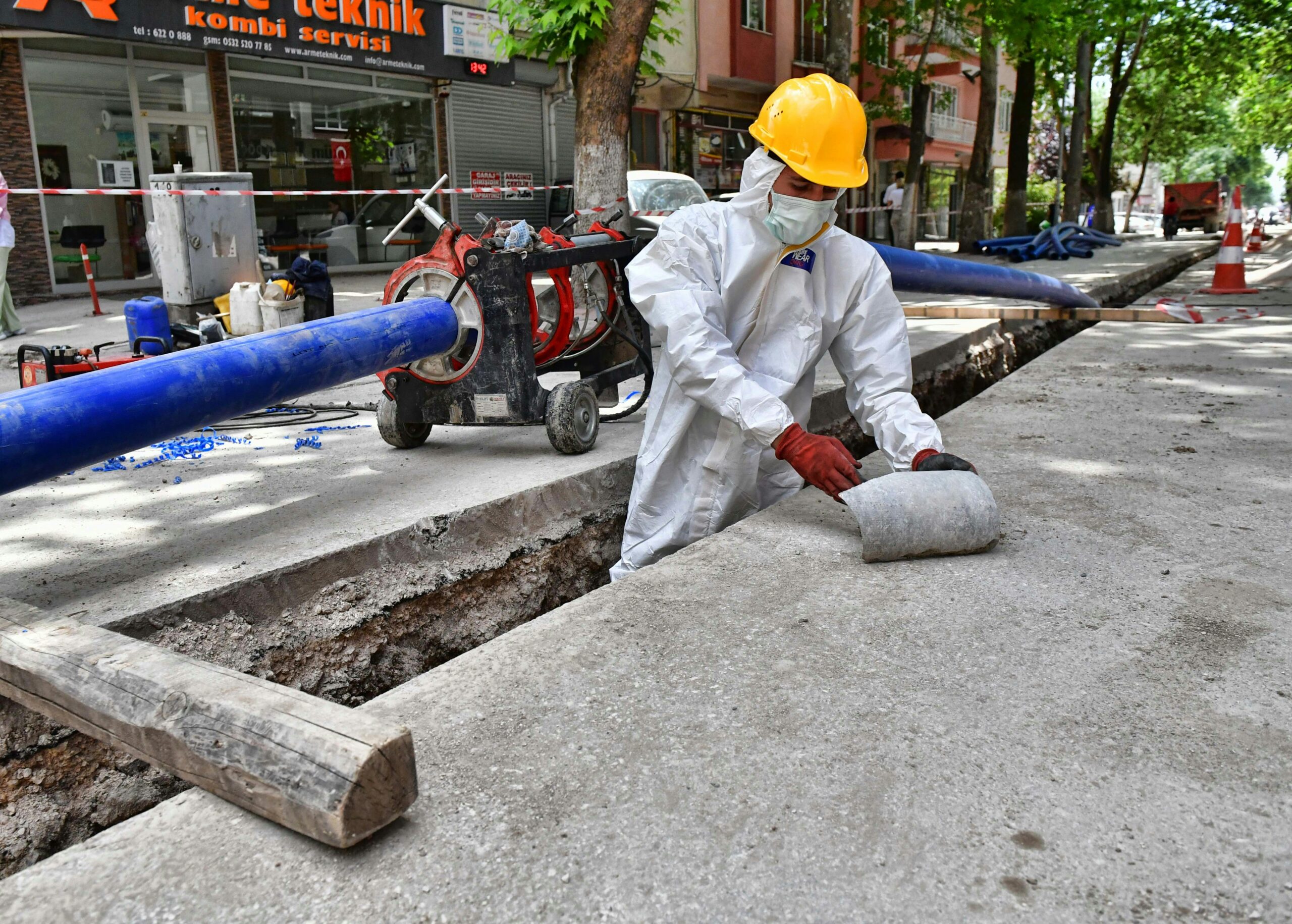Asbestos: Understanding its Hazards
Once considered a versatile natural mineral with a wide range of industrial applications, asbestos is now banned in many countries.

Photo by SELİM ARDA ERYILMAZ on Unsplash
Asbestos, according to the Mesothelioma Center, is responsible for claiming the lives of nearly 40,000 Americans each year due to malignant mesothelioma, asbestosis, and lung cancer.
In the United Kingdom, approximately 5,000 people succumb annually to diseases related to asbestos exposure.
Once considered a versatile natural mineral with a wide range of industrial applications, asbestos is now banned in many countries.
In places where it is still used, strict regulations and enforcement are in place to govern its handling. So, what exactly is asbestos, and why is it so dangerous?
Asbestos
Asbestos is a naturally occurring mineral that was once highly regarded for its exceptional heat resistance, durability, and insulating properties.
It was extensively used in the construction industry, shipbuilding, automotive manufacturing, and various other industrial applications.
Asbestos can be found in building materials such as insulation, roofing, flooring, and cement.
What makes asbestos dangerous is its fibrous nature. When asbestos-containing materials are disturbed or damaged, microscopic fibers are released into the air.
These fibers are invisible to the naked eye and can easily be inhaled or ingested without detection. Once inside the body, these sharp, needle-like fibers can cause serious health problems over time.
Health Risks
The primary health risks associated with asbestos exposure are malignant mesothelioma, asbestosis, and lung cancer.
Malignant mesothelioma is a rare and aggressive form of cancer that affects the lining of the lungs, abdomen, or heart. It has a long latency period, often taking decades to develop after initial exposure to asbestos.
Asbestosis is a chronic lung disease caused by prolonged exposure to asbestos fibers.
Over time, these fibers can cause scarring and inflammation in the lungs, leading to breathing difficulties, coughing, and chest pain. Asbestosis can significantly reduce lung function and quality of life.
Lung cancer is another serious health consequence of asbestos exposure. Studies have shown that individuals exposed to asbestos are at a higher risk of developing lung cancer, particularly if they are also smokers. The combination of asbestos exposure and smoking greatly increases the likelihood of developing this deadly disease.
It is important to note that the dangers of asbestos are not limited to those directly working with the material.
Secondary exposure can occur when individuals come into contact with asbestos fibers brought home on the clothes, hair, or skin of workers. This puts family members and others in close proximity at risk of developing asbestos-related diseases.
Strict Regulations on Asbestos
Due to the severe health risks associated with asbestos, many countries have implemented strict regulations to protect workers and the general public.
These regulations cover the safe handling, removal, and disposal of asbestos-containing materials.
Proper training, personal protective equipment, and regular monitoring are essential in minimizing exposure and preventing the spread of asbestos fibers.
While the use of asbestos has significantly declined over the years, it is crucial to remain vigilant, especially in older buildings and structures where asbestos may still be present.
If you suspect the presence of asbestos in your home or workplace, it is important to consult with professionals who specialize in asbestos testing and removal.









